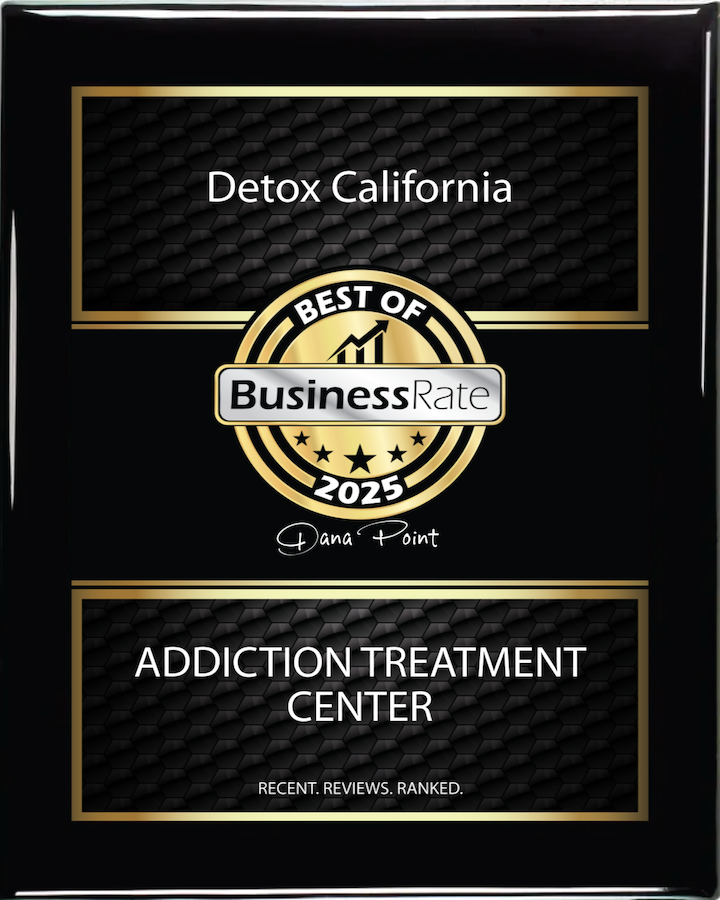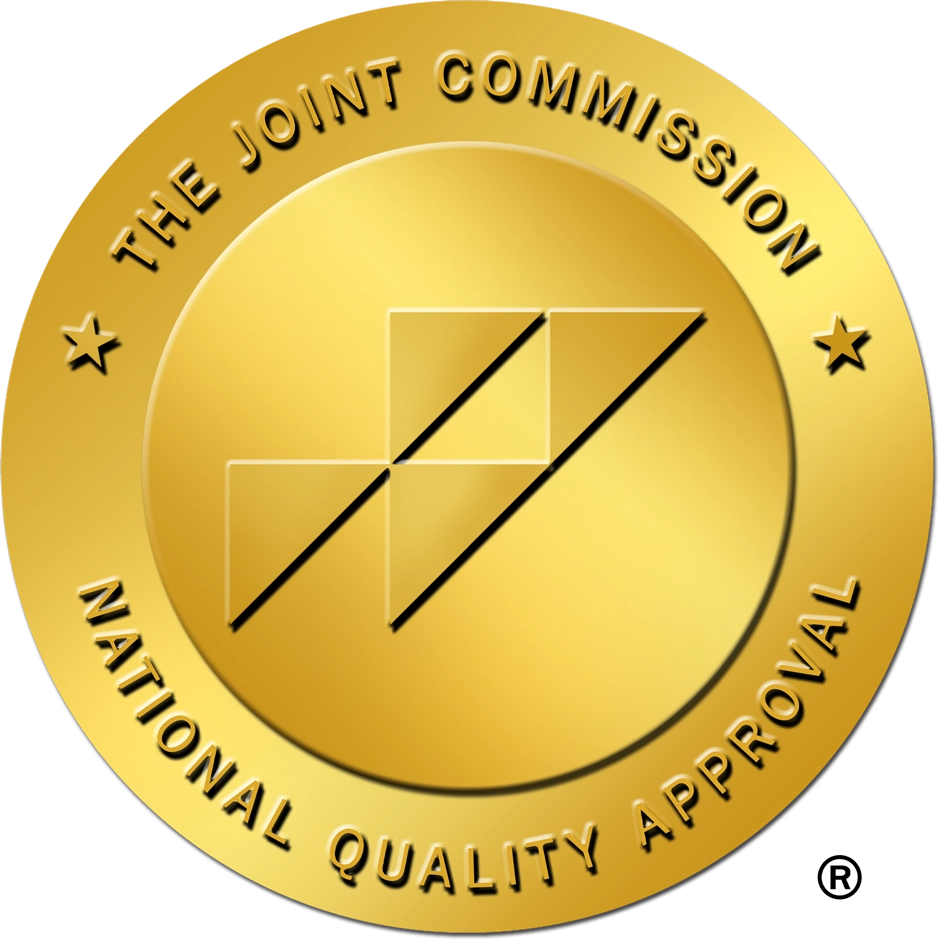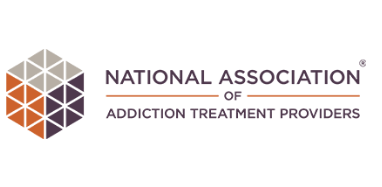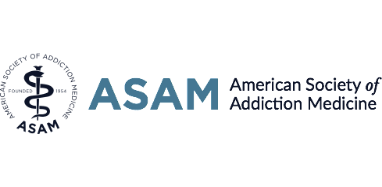When people think of substance abuse, they often focus on illicit drugs like heroin or cocaine. But one category that’s frequently overlooked—and especially dangerous—is inhalant abuse. Found in many household products, inhalants are easy to access, difficult to trace, and incredibly harmful to both the brain and body. This form of drug use is particularly common among adolescents, due to the accessibility of substances like spray paint, hair spray, and deodorant.
Understanding what inhalants are, how they’re used, and the consequences of their abuse is critical for parents, educators, and anyone concerned about a loved one. In this article, we’ll explore the different types of inhalants, their mind-altering effects, and the long-term risks associated with their use.
What Are Inhalants?
Inhalants are a broad class of volatile substances that produce chemical vapors. These vapors are inhaled intentionally to achieve psychoactive or euphoric effects. Unlike many drugs, inhalants aren’t typically ingested or injected—they’re sniffed, snorted, or inhaled through practices like huffing, bagging, or chroming.
Most inhalants fall into one of four main categories:
- Volatile solvents: Found in products like paint thinners, nail polish remover, correction fluid, and cleaning fluids.
- Aerosols: Sprays that contain propellants, such as hair spray, deodorant, vegetable oil spray, and aerosol sprays.
- Gases: Including butane, propane, lighter fluid, and medical anesthetics like nitrous oxide (laughing gas) found in whipped cream dispensers or used in dental settings.
- Nitrites: Often sold as poppers or amyl nitrite, these are used recreationally for their blood vessel dilation and euphoric effects, rather than as classic inhalants.
These substances are typically used at room temperature and don’t require special equipment to administer—only a plastic bag, cloth, or container.
How Are Inhalants Used?
The use of inhalants often involves breathing in the vapor directly from the product container, spraying it into the mouth or nose, or inhaling fumes from a soaked rag. Common street names for inhalant abuse include snappers, poppers, and whippets. Others may refer to huffing or bagging, which describe specific methods of inhalation using a cloth or plastic bag.
Inhalant use is especially risky because of the immediate and unpredictable onset of effects. Most users feel a short-lived high, marked by drowsiness, light-headedness, and distorted perception. But behind this brief euphoria lies a dangerous path toward brain damage, heart failure, and even sudden sniffing death.
Inhalant Drug Examples Found in Everyday Life
Many people are surprised to learn that everyday products found under the sink or in a tool kit can become addictive and harmful when misused. Here are some examples of common inhalants:
- Spray paint and felt-tip markers
- Paint thinners and degreasers
- Hair spray, deodorant, and aerosol sprays
- Butane lighters and lighter fluid
- Nail polish remover and dry cleaning fluids
- Whipped cream and whipped cream dispensers (used to access nitrous oxide)
- Cleaning fluids, including chloroform
- Poppers and amyl nitrite, often used in clubs or party scenes
The National Institute on Drug Abuse (NIDA) warns that even a single use of some of these products can result in irreversible damage—or death.
Effects of Inhalants on the Body and Brain
The effects of inhalants range from mild intoxication to fatal outcomes. Short-term effects often mimic those of alcohol, including slurred speech, dizziness, and lack of coordination. But because the vapors affect the brain quickly and powerfully, the consequences can escalate without warning.
Serious side effects and risks include:
- Suffocation from oxygen displacement in the lungs
- Heart failure due to irregular heart rhythms or adrenaline surges
- Hearing loss
- Liver and kidney damage
- Weight loss and poor appetite
- Brain damage from oxygen deprivation
- Hallucinations, confusion, or violent behavior
Over time, long-term effects include permanent cognitive impairment, poor memory, and difficulty regulating emotions—a result of damage to areas of the brain that control learning and behavior.
The Hidden Dangers: Sudden Sniffing Death Syndrome
One of the most frightening outcomes of inhalant abuse is sudden sniffing death syndrome. This occurs when the heart is overwhelmed by the effects of inhalants, causing it to stop beating. The condition can occur even in first-time users, especially when the person is startled or engages in physical activity immediately after inhaling.
Sudden sniffing death has been linked to the use of butane, propane, and aerosol products. Because the condition comes without warning, and without typical signs of overdose, it often goes undiagnosed—especially in young people.
Who Is Most at Risk?
Adolescents and teenagers are particularly vulnerable to inhalant abuse. The National Institute on Drug Abuse reports that middle school students are more likely than high schoolers to try inhalants, largely because these substances are legal, cheap, and easy to find.
Other at-risk populations include:
- Individuals with limited access to traditional substance abuse drugs
- People with untreated mental health disorders
- Those experiencing homelessness or living in crowded conditions
- Individuals in rural areas with limited health care or treatment options
Because many types of inhalants leave the bloodstream quickly, they may not show up on standard drug tests, which makes diagnosis and intervention more difficult.
Withdrawal Symptoms and Dependency
Though not all users become physically dependent, long-term inhalant users may experience withdrawal symptoms when attempting to quit. These can include:
- Irritability and mood swings
- Depression and sleep disturbances
- Cravings and difficulty focusing
- Nausea, sweating, or tremors
Inhalant addiction often co-occurs with mental health disorders or past trauma, making substance abuse treatment more complex. Professional intervention is often needed to manage symptoms and support long-term recovery.
Can Inhalant Abuse Be Treated?
Yes—but it requires a comprehensive and personalized approach. Inhalant abuse is treatable with a combination of evidence-based therapies, medical care, and social support. Programs often begin with supervised detoxification, especially if other substances are involved.
Effective treatment often includes:
- Cognitive behavioral therapy (CBT)
- Counseling for co-occurring mental health conditions
- Family therapy to rebuild trust and understanding
- Peer-led support groups
- Long-term follow-up and relapse prevention
It’s important for anyone struggling with inhalant abuse to seek help from a qualified healthcare provider or addiction specialist.
Getting Help at Detox California
At Detox California, we understand the unique risks associated with inhalant abuse, especially among youth and vulnerable populations. Our team of licensed professionals offers compassionate, evidence-based care tailored to each individual’s journey. From detox to long-term recovery, we provide medical oversight, mental health support, and personalized treatment programs designed to promote real healing and lasting change.
If you or a loved one is struggling with the use of inhalants or other forms of substance abuse, don’t wait. Contact Detox California today to begin the path toward recovery and better well-being.

















